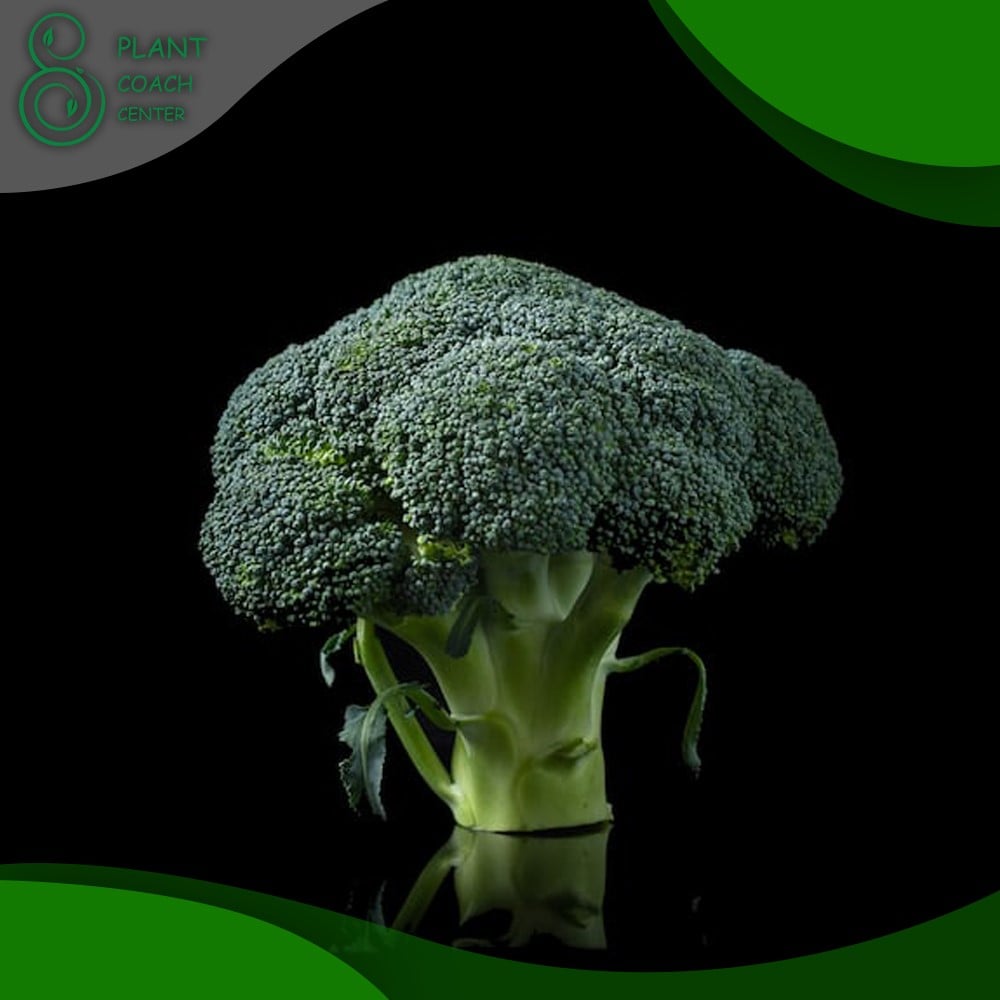When is it Too Late to Harvest Broccoli
When it comes to growing broccoli, timing is everything. Knowing when to harvest your broccoli can make all the difference in terms of flavor, texture, and nutritional content. Unfortunately, many gardeners struggle with knowing when the right time to harvest is.
In this comprehensive guide, we’ll cover everything you need to know about when it’s too late to harvest broccoli. This article is brought to you by Plant Coach Center, your go-to resource for all things plant-related.
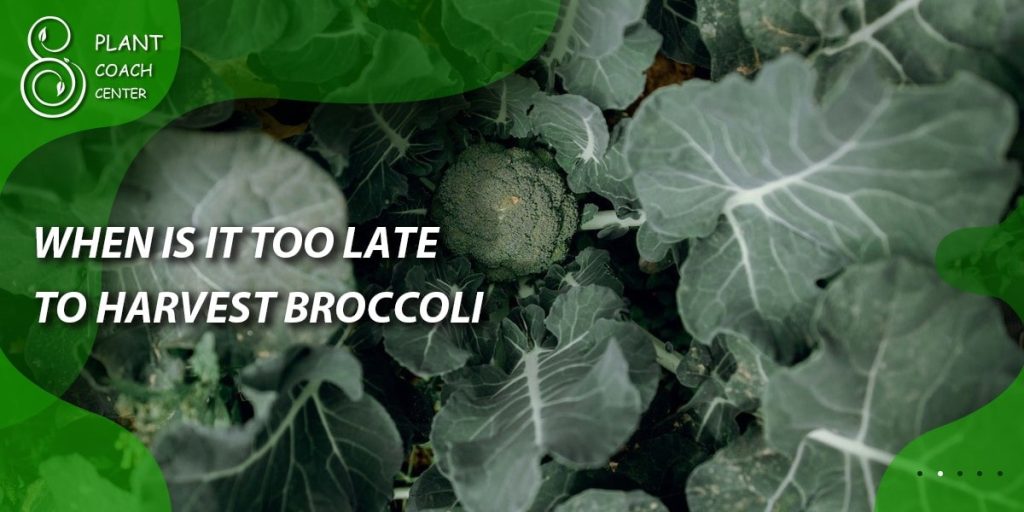
Understanding Broccoli Growth:
Before we dive into the specifics of harvesting broccoli, it’s important to understand the growth of the plant. Broccoli is a cool-season crop that typically takes between 70-100 days to mature. The plant goes through several stages of growth, including:
– Germination: This is when the seed begins to sprout and develop a root system.
– Vegetative Growth: During this stage, the plant develops leaves and a strong stem.
– Head Formation: This is when the broccoli head begins to form.
– Harvest: The final stage, when the broccoli is ready to be picked.
Factors that Affect Broccoli Growth:
Several factors can affect the growth of broccoli, including:
– Temperature: Broccoli prefers cooler temperatures between 60-65°F (15-18°C). High temperatures can cause the plant to bolt, or go to seed, which can affect the quality of the broccoli head.
– Soil Conditions: Broccoli prefers well-draining soil that is rich in organic matter. Poor soil conditions can lead to stunted growth and poor-quality broccoli.
– Watering: Broccoli needs consistent moisture to grow properly. Over-watering or under-watering can lead to problems with the plant.
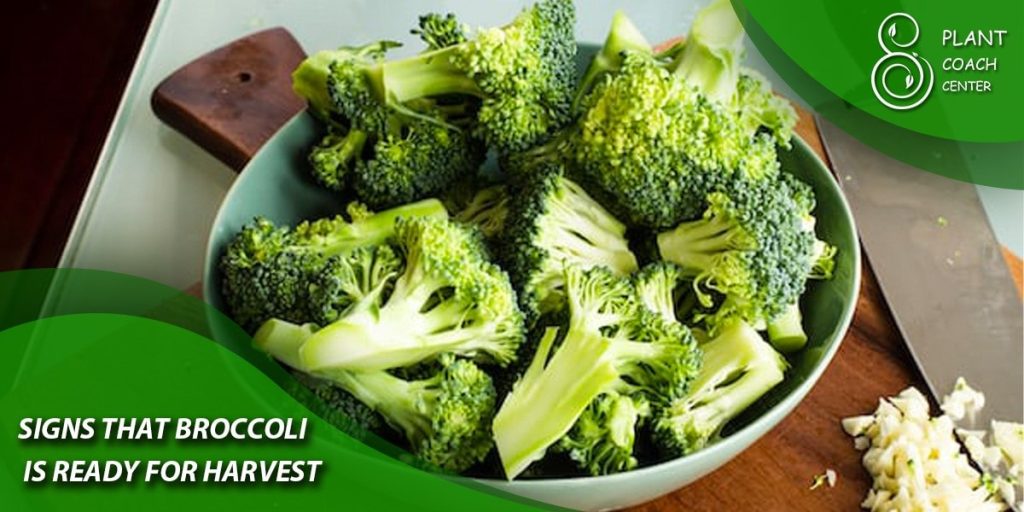
Signs that Broccoli is Ready for Harvest:
Knowing when your broccoli is ready to harvest is key to getting the best flavor and texture. Here are some signs to look for:
– Broccoli Head Size: The head of the broccoli should be large and firm, with tight florets.
– Broccoli Head Color: The head of the broccoli should be a dark green color. If the head starts to turn yellow, it’s a sign that it’s overripe.
– Broccoli Head Texture: The head of the broccoli should be tight and compact. If the florets start to loosen, it’s a sign that the broccoli is past its prime.
Factors that Affect Broccoli Harvest Timing:
Several factors can affect the timing of when you should harvest your broccoli, including:
– Temperature: As mentioned earlier, high temperatures can cause the broccoli to bolt, which can affect the quality of the head.
– Soil Conditions: If the soil is too wet or too dry, it can affect the timing of when the broccoli is ready to harvest.
– Watering: Over-watering or under-watering can also affect the timing of when the broccoli is ready to harvest.
What Happens if You Harvest Broccoli Too Late?
Harvesting broccoli too late can have several negative effects on the plant, including:
– Effects on Broccoli Flavor: Overripe broccoli can be bitter and have a tough texture, which can make it unappetizing.
– Effects on Broccoli Nutritional Content: Overripe broccoli can lose some of its nutritional content, which can make it less healthy to eat.
– Effects on Broccoli Seed Production: If the broccoli is left to go to seed, it can affect the plant’s ability to produce high-quality broccoli in the future.
How to Harvest Broccoli:
Harvesting broccoli is a simple process, but it’s important to do it correctly to get the best results. Here’s a step-by-step guide:
– Inspect the broccoli head: Check to make sure the head is large and firm, with tight florets. If the head is starting to loosen or the florets are separating, it’s a sign that the broccoli is past its prime.
– Cut the broccoli head: Use a sharp knife to cut the head of the broccoli off the stem. Make sure to leave some of the stem attached to the head.
– Repeat: If you have multiple broccoli plants, repeat the process for each one.
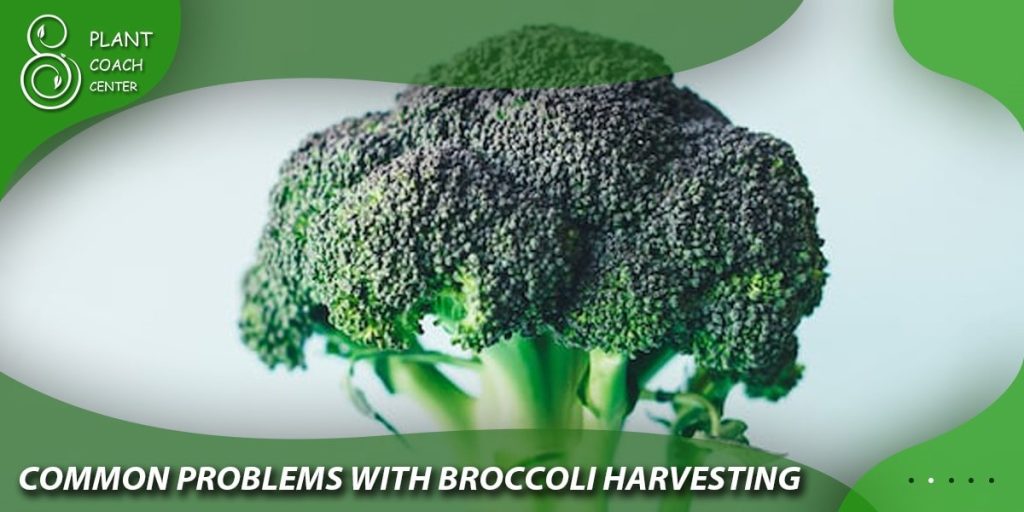
Common Problems with Broccoli Harvesting:
Like any plant, broccoli is susceptible to a variety of problems that can affect the quality of the harvest. Here are some common problems to look out for:
– Broccoli Head Cracking: This is when the head of the broccoli starts to crack, which can be caused by uneven watering or high temperatures.
– Broccoli Head Rot: This is when the head of the broccoli starts to rot, which can be caused by poor soil conditions or over-watering.
– Broccoli Head Bolting: This is when the broccoli starts to go to seed, which can be caused by high temperatures or uneven watering.
Tips for Growing Healthy Broccoli:
While it’s important to know when to harvest your broccoli, it’s also important to take steps to ensure that it grows healthy and strong. Here are some tips for growing healthy broccoli:
– Start with high-quality seeds: Using high-quality seeds can help ensure that your broccoli grows into a healthy plant.
– Plant at the right time: Broccoli is a cool-season crop, so it’s important to plant it at the right time. In most areas, this will be in the early spring or fall.
– Provide proper nutrients: Broccoli needs a lot of nutrients to grow properly, so make sure to provide it with plenty of compost or other organic matter.
– Water consistently: Broccoli needs consistent moisture to grow properly, so make sure to water it regularly.
– Watch for pests: Broccoli is susceptible to a variety of pests, including aphids, caterpillars, and cabbage worms. Watch for signs of infestation and take steps to address the problem if necessary.
Cooking Tips for Broccoli:
Once you’ve harvested your broccoli, it’s time to start cooking! Here are some tips for cooking broccoli:
– Don’t overcook: Broccoli can quickly become mushy if it’s overcooked, so make sure to cook it only until it’s tender.
– Try different cooking methods: Broccoli can be boiled, steamed, roasted, or stir-fried, so experiment with different cooking methods to find the one you like best.
– Season to taste: Broccoli can be seasoned with a variety of herbs and spices, so don’t be afraid to experiment with different flavors.
Further Tips for Storing Broccoli:
Once you’ve harvested your broccoli, it’s important to store it properly to ensure that it stays fresh and flavorful. Here are some tips for storing broccoli:
– Store in the refrigerator: Broccoli should be stored in the refrigerator to keep it fresh. Place it in a plastic bag or wrap it in a damp paper towel to help keep it moist.
– Use within a week: Broccoli is best when eaten fresh, so try to use it within a week of harvesting.
– Don’t wash until ready to use: Washing broccoli before storing it can cause it to spoil more quickly, so wait to wash it until you’re ready to use it.
– Freeze for later use: If you have more broccoli than you can use within a week, consider freezing it for later use. Blanch the broccoli first to help preserve its flavor and texture.
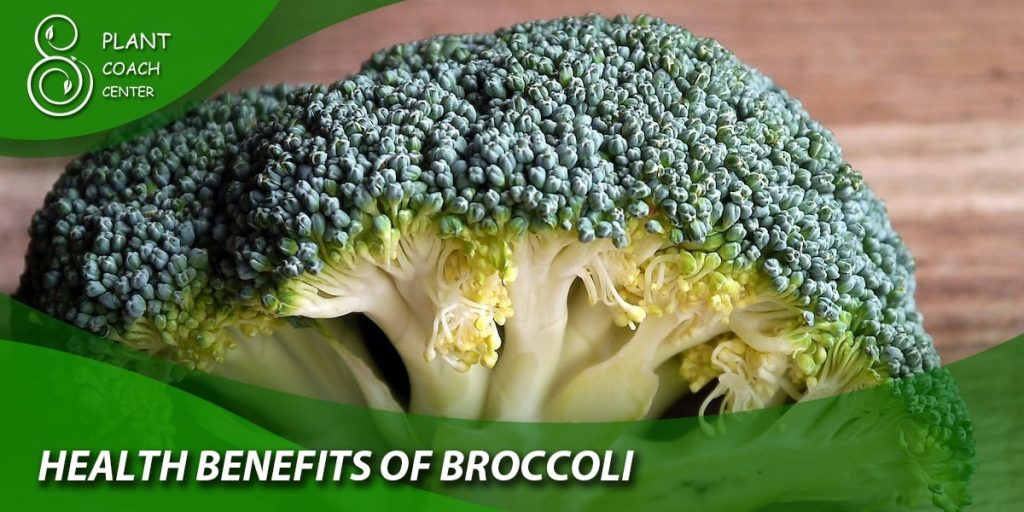
Health Benefits of Broccoli:
Broccoli is not only delicious, but it’s also incredibly healthy. Here are some of the health benefits of broccoli:
– Rich in nutrients: Broccoli is packed with vitamins and minerals, including vitamin C, vitamin K, folate, and potassium.
– High in fiber: Broccoli is a good source of fiber, which can help promote digestive health and keep you feeling full.
– May help prevent cancer: Broccoli contains compounds that have been shown to help prevent cancer.
– May help improve heart health: Broccoli is low in calories and high in fiber, which can help improve heart health.
Conclusion:
Harvesting broccoli at the right time is essential for getting the best flavor, texture, and nutritional content. By understanding the growth of the plant, the signs to look for, and the factors that can affect the timing of the harvest, you can ensure that your broccoli is always at its best.
Remember to check the size, color, and texture of the broccoli head before harvesting, and use a sharp knife to cut the head off the stem. If you encounter any problems with your broccoli harvest, such as cracking, rotting, or bolting, there are steps you can take to address the issue and prevent it from happening in the future.
Storing broccoli properly and cooking it to perfection can help you get the most out of this delicious and nutritious vegetable. Remember to store broccoli in the refrigerator and use it within a week of harvesting, and experiment with different cooking methods and seasonings to find the ones you like best.
In addition to being delicious, broccoli is also incredibly healthy, packed with vitamins, minerals, and fiber. By incorporating broccoli into your diet, you can help improve your overall health and well-being. For more information on plant care and other gardening topics, be sure to visit Plant Coach Center. Happy harvesting and cooking!
When is it too late to harvest broccoli?
Late summer or early fall.
How do I know if it's too late to harvest broccoli?
Check for yellowing or flowering heads.
Can I still harvest broccoli after the first frost?
No, it's typically too late by then.
What happens if I wait too long to harvest broccoli?
The florets may become tough and bitter.


